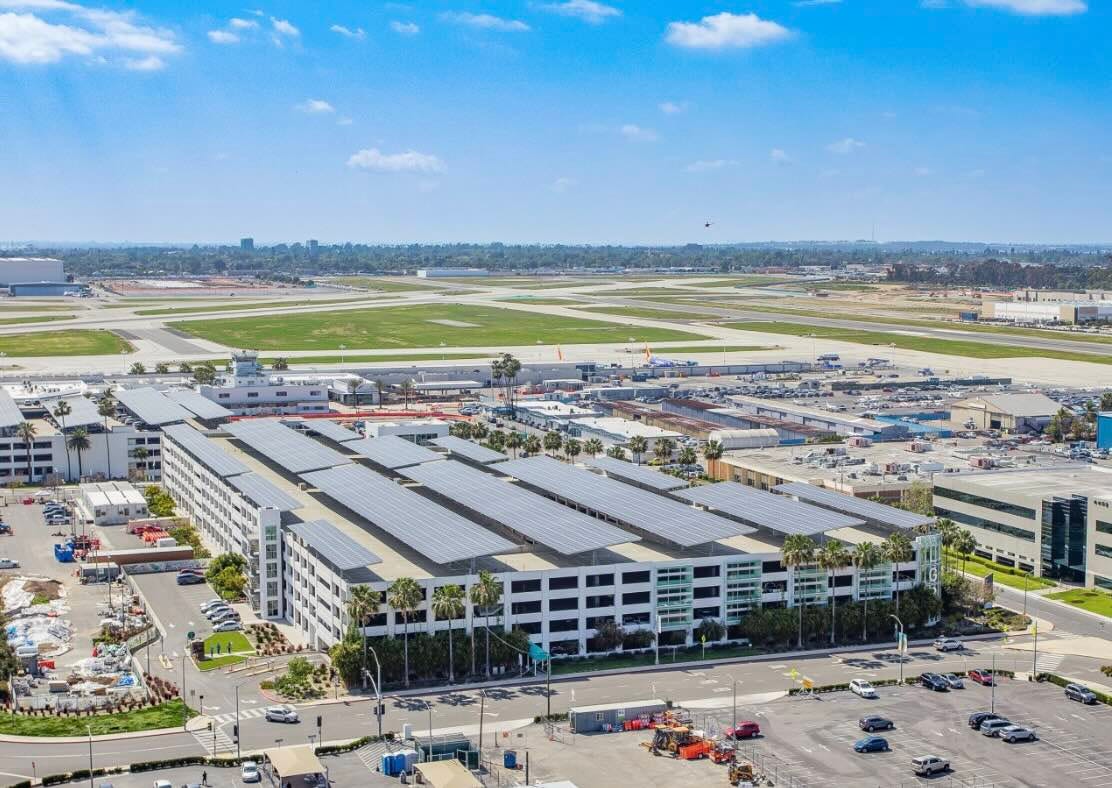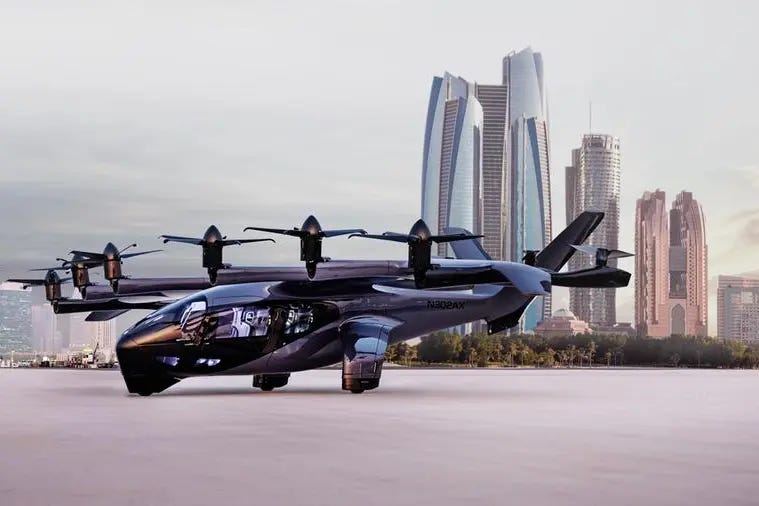#Sustainability20: Archer Signs Deal To Launch Air Taxi Services In UAE by 2025 & More
Weekly Roundup - 26/04/24
Each Friday, we publish a round-up of the 20 most important stories on sustainable aviation. You can see previous editions of #Sustainability20 here.
Industry Updates
UK flight emissions are approaching pre-pandemic levels, potentially breaching the government’s Jet Zero strategy. Some airlines are already emitting more than ever before, according to Transport & Environment analysis.
Avinor and the Norwegian Civil Aviation Authority have partnered to create a nationwide test arena for low-emission aircraft, providing infrastructure, airspace, and energy access to domestic and international participants.
Airlines for America and its members aim to reach net-zero carbon emissions by 2050 through fuel-efficient planes, new technologies, and sustainable aviation fuels (SAF).
The Aviation Circularity Consortium, including Qantas, aims to reduce aviation’s carbon footprint by recycling retired aircraft parts and engaging with financial institutions to support sustainability.
Avianca achieved a 21% reduction in absolute emissions and a 26% reduction in emissions per passenger in 2023 compared to 2019, offsetting 695,000 tons of CO2.
CLIMATE WATCH: Asia was most impacted by extreme weather and climate in 2023, UN report shows - CNBC
According to the World Meteorological Organisation, Asia was the most disaster-hit region in 2023 due to intensifying extreme weather and climate threats. Floods, storms, and heat waves affected over 9 million people, causing 2,000+ casualties.
Infrastructure and operational efficiencies
Long Beach Airport installed solar canopy structures to meet 70% of its power needs, reducing its carbon footprint and ensuring operational resilience.
Aeroporti di Roma and Too Good To Go have partnered to reduce food waste at Rome's airports, aiming to save 12,000 meals and 32 metric tons of CO2 emissions by 2024.
Sustainable Aviation Fuel (SAF)
WestJet becomes the first Canadian airline to purchase SAF from Shell Aviation, aligning with its goal of achieving net-zero emissions by 2050.
UK airlines will need to progressively switch to “greener, but more expensive” SAFs, making up 10% of jet fuel by 2030.
JX and Sumitomo have invested in the Louisiana Green Fuels BECCS project, which aims to produce 32 million gallons of SAF and renewable naphtha annually from woody biomass waste by 2029.
HIF Global and Optimal Renewable Gas have agreed to potentially supply 15,000 tons of biogenic carbon dioxide from ORG’s Westbury plant to HIF Tasmania's e-fuel facility for carbon-neutral fuel production.
Croatia Airlines conducted its first flights using SAF in preparation for mandatory use in the European Union starting in 2025.
Toowoomba Wellcamp Airport owner Wagner signed an MoU with Boeing to collaborate on developing a local SAF industry to meet growing airline demand.
LanzaJet raises $100 million for its ethanol-based SAF production plant, aiming to cut aircraft emissions by up to 80% and achieve profitability by 2025.
New technology: Electric and Hydrogen
Archer Aviation entered a multi-hundred-million dollar agreement with the Abu Dhabi Investment Office to accelerate commercial air taxi operations in the UAE by 2025.
FlyOnE expanded its electric flight path network in Western Australia, adding 17 new destinations for its carbon-neutral air taxi service.
ZeroAvia will make its hydrogen fuel cell and electric motor tech available to other clean aviation innovators to maximise profits and widen its impact.
Skyports secured £90 million in Series C funding, led by ACS Group, to launch flying taxi services by 2026.
Korean Air completed the first demonstration of its UAM system using a 5G network, collaborating with various partners as part of the Korean UAM Grand Challenge.
Harbour Air signed a Letter of Intent to purchase 50 magniX electric engines to electrify its fleet, starting with the De Havilland DHC-2 Beaver in 2026.







